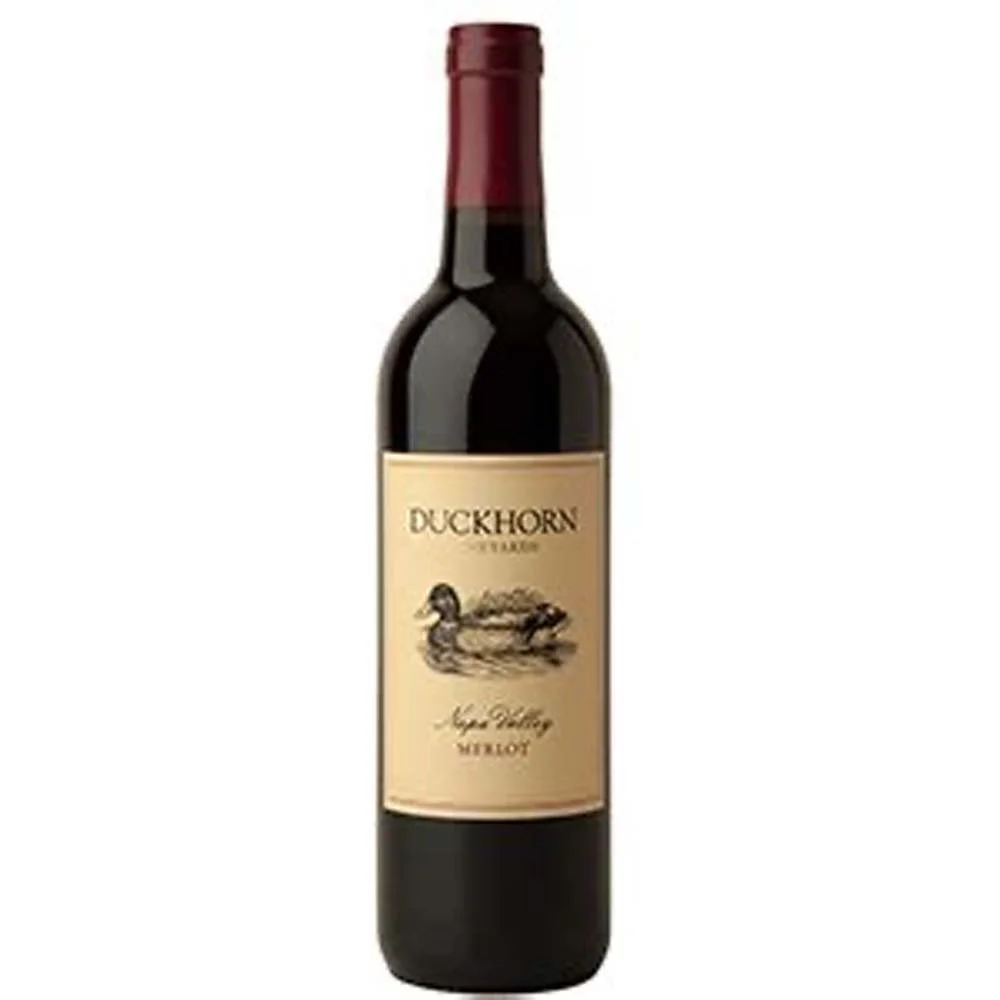MERLOT
Soft, Smooth, And Effortlessly Elegant
Merlot is a plush, fruit-forward red wine that’s beloved for its soft tannins, round body, and approachability. While sometimes overshadowed by its blending partner Cabernet Sauvignon, Merlot stands confidently on its own—offering ripe flavors, gentle structure, and a silky texture that makes it easy to enjoy at any stage of its life.
Key Characteristics
Merlot is medium to full-bodied, with juicy dark fruit, subtle herbal notes, and smooth tannins. Its softness and warmth make it one of the most versatile reds on the table.
Style
Still, red
Body
Medium to full
Acidity
Medium
Primary Grapes
Merlot
Typical Flavors
Plum, black cherry, chocolate, bay leaf, mocha, soft oak
Origin & History
Merlot originated in Bordeaux, where it is the dominant grape on the Right Bank (notably in Saint-Émilion and Pomerol). It became one of the world’s most planted varieties due to its adaptability and fruit-forward appeal. In regions like California, Washington State, and Chile, it produces round, expressive wines—while in Bordeaux, it often shows more earth, structure, and restraint.
How It’s Made
Merlot is typically fermented in stainless steel or concrete, then aged in oak barrels (French or American) for 6–18 months depending on style. Winemakers often aim to preserve fruit purity and smooth texture, with less aggressive tannin extraction compared to Cabernet Sauvignon.
Notable Regions
Merlot thrives in a range of climates, from cool and structured to warm and plush.
France
Bordeaux (Right Bank)
Elegant, earthy styles from Saint-Émilion and Pomerol, often blended with Cabernet Franc
United States
California & Washington State
Ripe, fruit-driven Merlots with plush texture and dark fruit
Chile
Colchagua & Maipo Valleys
Balanced Merlots with floral notes, herbal freshness, and soft tannins
Italy
Tuscany & Friuli
Often used in Super Tuscan blends or bottled solo with rustic charm
Food Pairings
Merlot’s soft tannins and dark fruit make it a natural pairing for a wide range of dishes—especially those with earthy or savory elements.
Appetizers
Charcuterie, roasted mushrooms, pâté
Meats
Roast chicken, pork loin, meatballs, duck breast
Cheeses
Camembert, Taleggio, aged cheddar
Vegetarian
Stuffed bell peppers, lentil stew, mushroom risotto
How to Serve It
Glassware
Standard red wine glass or Bordeaux glass to capture aroma and texture
Temperature
60–65°F (16–18°C)
Storage
Store on its side in a cool, dark place; many Merlots are drink-now, but top examples can age for 10–15 years
Fun Fact
Despite being softer in style, Merlot is a parent grape of Carmenère, and a key part of many legendary Bordeaux wines—including Pétrus, one of the world’s most prized bottles.
Recommended Producers
These houses exemplify the diversity and craftsmanship of Merlot, from Napa Valley richness to refined Italian expressions.
Cakebread
A respected Napa estate known for crafting polished, fruit-driven Merlot with balance and approachability.
Duckhorn
A Merlot pioneer in Napa Valley, producing benchmark wines that blend structure, elegance, and depth.
Frank Family
A family-owned producer delivering bold yet refined Merlot with rich fruit and a signature Napa style.
Schiopetto
A historic Friuli estate offering a unique take on Merlot through its Blumeri blend, combining Italian character with international flair.
Recommended Pours
Cakebread Merlot, 2021 — A supple and polished Napa Merlot with ripe plum, cocoa, and hints of sweet oak.
Duckhorn - Merlot Napa Valley 2020 — A benchmark Napa Merlot showing richness and balance, with dark cherry, spice, and velvety tannins.
Frank Family, Merlot, 2018 — A lush and expressive Merlot with layers of black fruit, mocha, and a smooth, lingering finish.
Schiopetto - Podere Dei Blumeri Rosso 2018 — An elegant Friulian blend of Merlot and Refosco, offering savory red fruit, herbs, and vibrant acidity.





